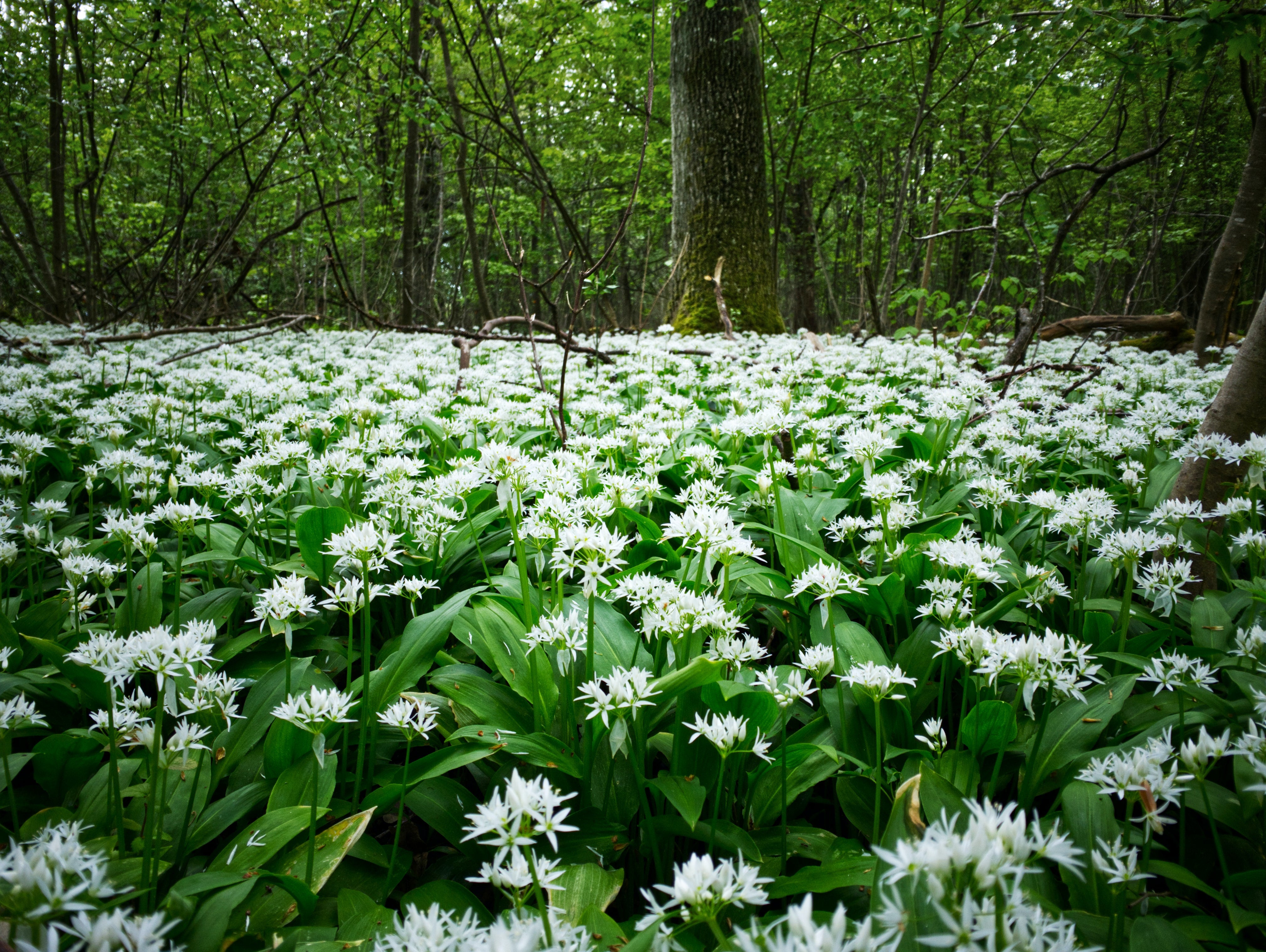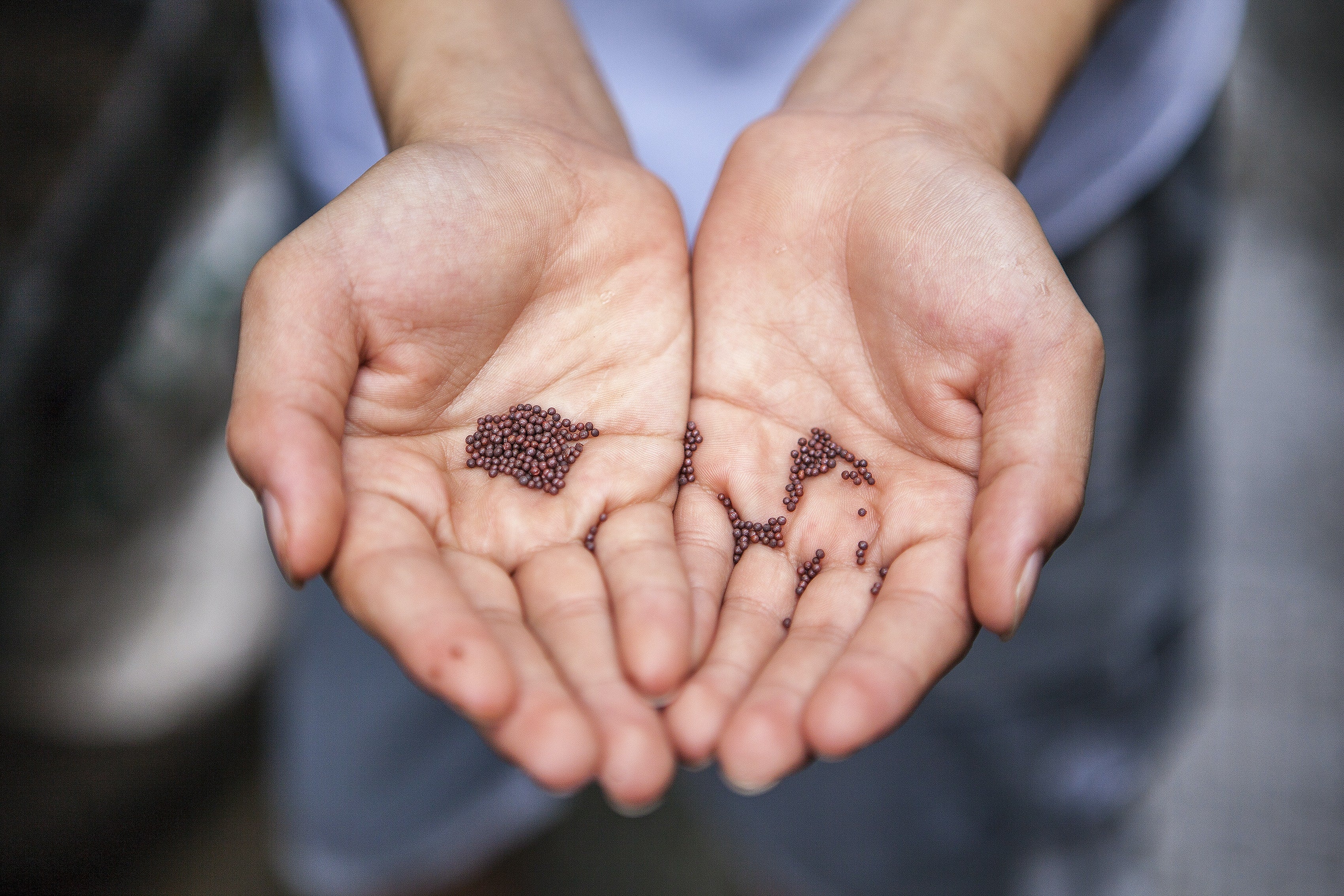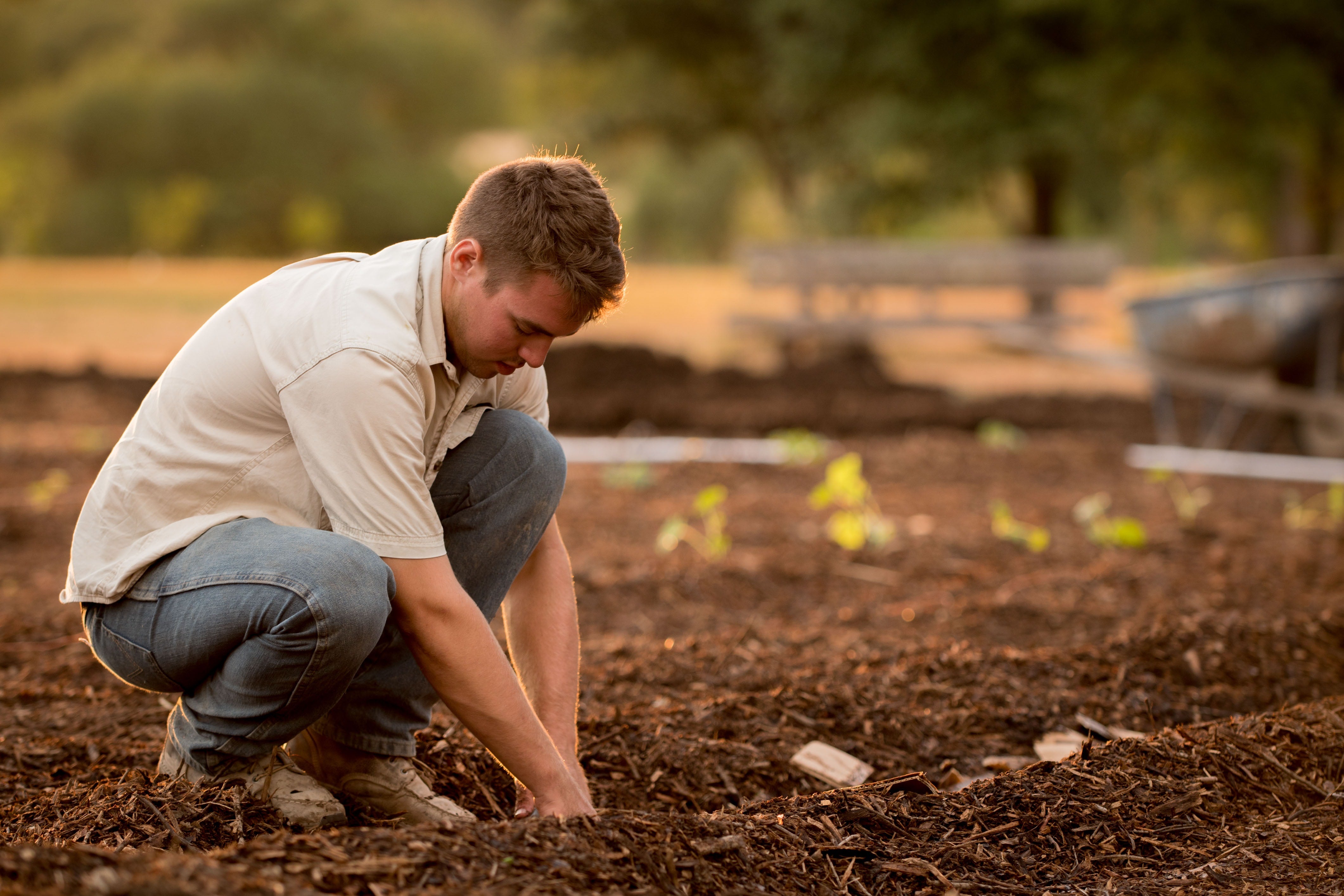
Making The Most Of Spring: Gardening, Foraging, and Slow Living
We are now firmly into April, the days are longer and brighter, the weather is getting warmer, and the gardens all around us are beginning to burst with colour. Daffodils, primroses, blossom, and magnolia are just some of the flowers that have been coming back and bringing more joy to our walks. It’s that time when the sun feels inviting, and the thought of stepping outside into the garden is welcome.
Spending time in nature, whether that be for a walk, to garden, or to meditate in the fresh air, hosts a range of benefits. These include a greater sense of well-being, reducing stress and anxiety, and it also helps our immune system too.
Slow living is all about being present. It is taking in our surroundings and really seeing and experiencing the world we live in. It is feeling the magic that comes with truly connecting with the earth and our planet. Being in nature, and spending time outside, it's one way that we can live slowly, reap the health benefits of time spent with the earth, and be sustainable too.

The Health Benefits of Soil, Weeds, and Flowers
Gardening is not only a way to spend more time with our children, or make our outside space inviting and pleasant, but it is also really important for our physical and mental health. There has been much research to say that gardening reduces depression, but the abundance of microbes within the soil also helps our bodies to build up a strong immune system.
It is thought that being in the dirt and spending time working with soil is particularly good for young children, as it brings them in contact with bacteria. This not only builds their immune system but protects them from allergies and asthma.
One bacterium that is found in the soil in our gardens and local parks is mycobacterium vaccae, a bacteria that helps to boost feelings of relaxation and is particularly good for our mental health. When we garden we breathe in the bacteria, we are touching it and potentially eating it too when we forage or grow vegetables. This is a natural way to give our health a boost both mentally and physically.
Another way to bring the natural healing powers of nature to our bodies is through foraging. Foraging is great all year but particularly in Spring, with many different weeds available to eat. We can find them in places such as meadows, woods, or even our own garden.
Before we forage it is important to do so sustainably. This is making sure that we are not taking too much from the earth, only foraging in spaces that are abundant with what we are collecting. Checking if it is okay to pick from an area is a good way to make sure that we are not damaging any wildlife habitats too. It is also important to only forage plants that we know are good for eating. We can teach our children the right plants to forage, and when we do, this can be a fun activity to do with the family on a weekend Spring walk.
April has many great options for foraging, a few of our suggestions are:
Wild Garlic — Growing in hedgerows and woodlands, this is a natural antibiotic that lowers blood pressure.
Blackcurrants — The leaves and berries help to support normal digestive function.
Birch — The young leaves full of nutrients and high in Vitamin C.
Ground Ivy — Has many antioxidant and antibacterial properties.

Gardening As A Slow Living Hobby
While foraging with the family is a great way to get the kids involved in nature and be with our earth, another way we can get them involved is through creating an indoor herb garden. As herbs are easy to look after, it can be a good opportunity to give one of the herbs to our kids to look after as their own. Here they can have their own herb and be responsible for its light and water, and watch as it grows on the window-sill.
Some examples of herbs that are easy to look after and have on the window-sill are basil, mint, parsley, oregano, sage, thyme. All of these also bring many vitamins and nutrients to our food, bringing anti-oxidant and anti-inflammatory powers.
Spring is also the perfect time for sowing seeds and planting. Growing something with our own hands, and seeing something that we created from almost nothing is one example of a slow living hobby. You can read more about slow living hobbies in our recent blog here, but gardening is a prime example of slow living and creating something with love and mindfulness.
April in particular is the perfect time to sow many vegetables such as carrots, cauliflower, spring peas, leeks, lettuce, turnips, spinach, and beetroot. This time of year is also a great time to plant strawberries, which can be fun to do with children.
To read more about how to sow seeds, including steps and a guide, you can learn more here. If you do not have a garden, but want to bring Spring inside to your home, you can read more about sowing seeds inside here.
Gardening Responsibly & Sustainably
When we garden it is important to do so sustainability and with the future of the Earth in mind. One way we do this is by making sure that when we compost we do so with peat-free compost.
Peatland is an important and valuable carbon sink, globally storing 20 times more carbon than that stored in both trees and vegetation. You can read more about the benefits of peatland and why its preservation is important here.
If we do not use peat-free compost then we are considerably harming the environment, and contributing towards climate change.
When we buy peat-free compost it is a good idea to make sure that it has good information on the label, being honest and informative. They contain mixtures of organic materials such as composted bark, coir (coconut fibre), woodfibre and green compost – mixed with inorganic materials such as grit, sharp sand, rock wool and perlite.
It is important to make sure that the bag states that it is peat-free clearly, and to not simply trust language such as ‘environmentally friendly’.
Peat-free products may be a little more expensive, but it means that we can garden with love for our earth and in a way that is sustainable.

Practising Mindfulness Outside
When we’re outside it can be a really refreshing space to practise mindfulness. Take a moment to sit on the grass, perhaps while barefoot to really feel the nature that surrounds us. Breathe in the scent of the outside. Smell the flowers. Listen to the sounds nearby, people speaking, the wind against the trees. Take note of your surroundings and take a moment to practise gratitude. What are you grateful for? Practising mindfulness and gratitude while outside can helps us to further bring peace into our lives and soothe anxiety.
Living Slowly and Sustainably
If you enjoyed reading this blog then we have a free download for if you want to learn more about slow living and the different ways we can bring a slow lifestyle into our everyday life.
If you want to support important and necessary peatland preservation projects then you can do so by offsetting your carbon footprint with us. You can find out more here, and support peatland preservation in Cambodia while also offsetting your everyday carbon emissions.
Also in Fighting Talk

It's Volunteers Week

Our Sustainability

